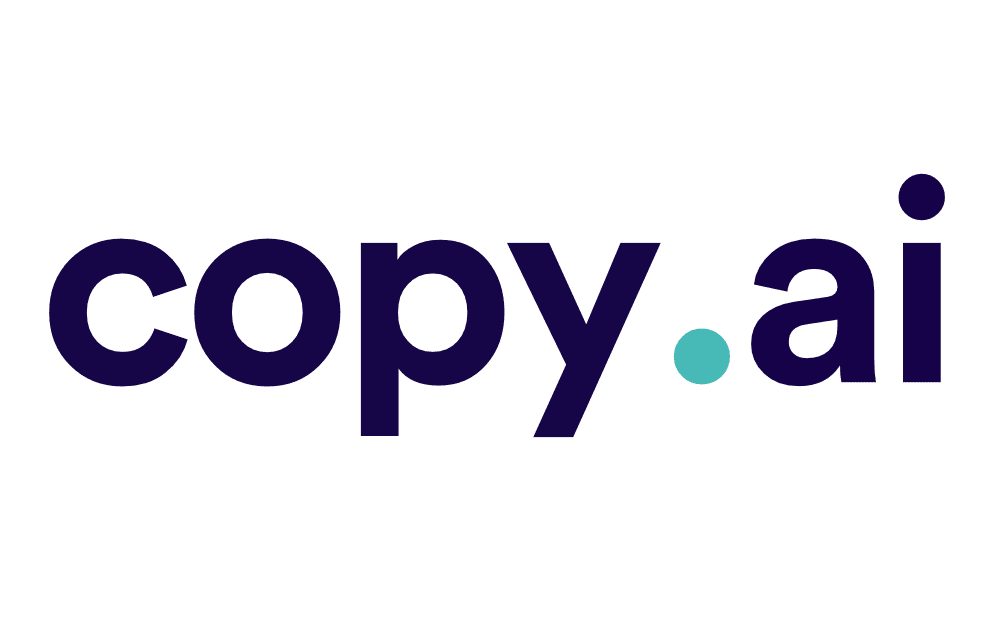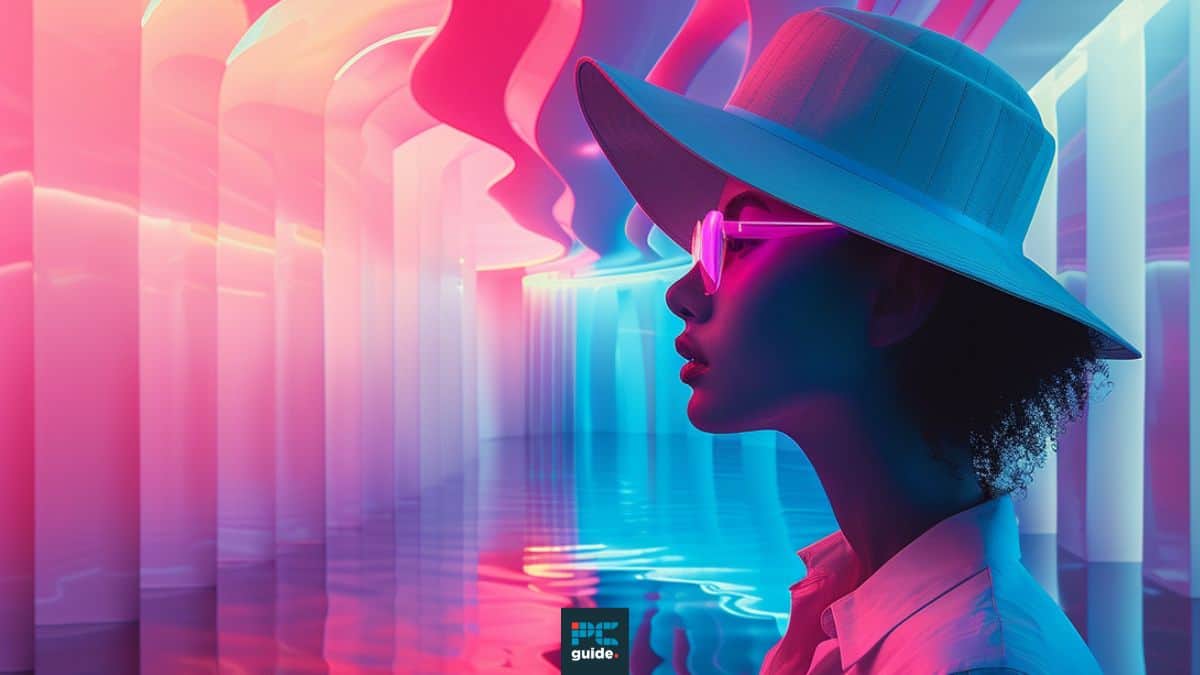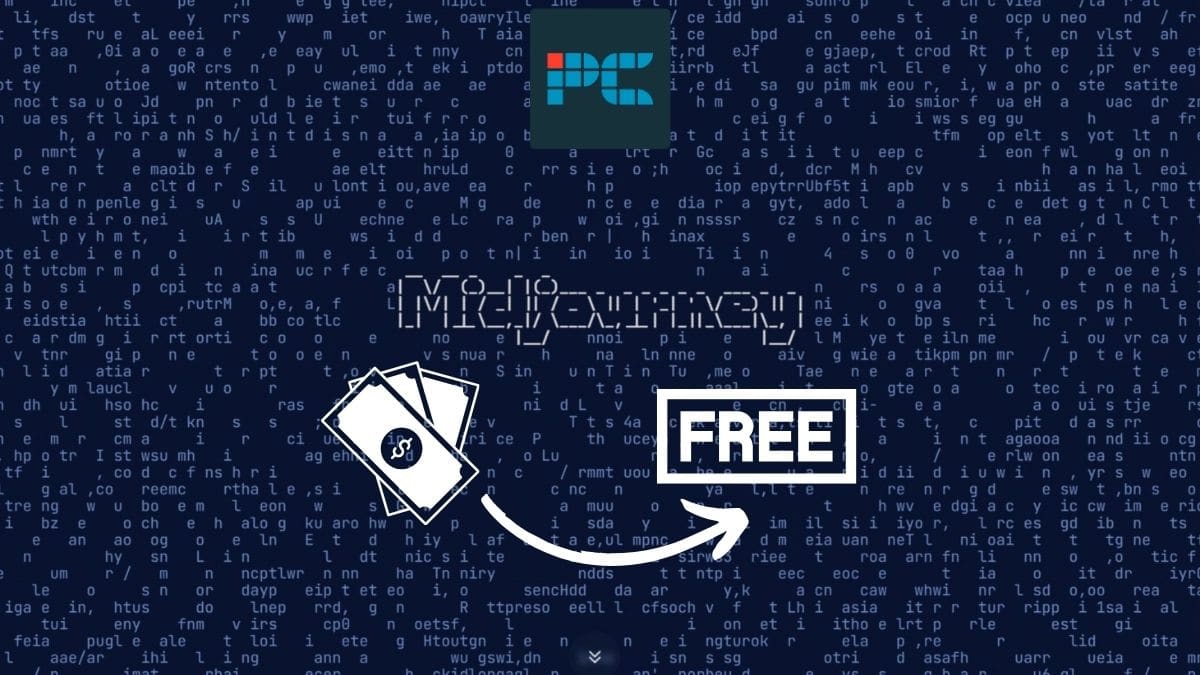Ryan Reynolds and Rob McElhenney are under fire for claiming this AI-generated image to be a historical photo. Reynolds made headlines in 2020 for purchasing Welsh football club Wrexham AFC for £2M, and the pair of celebrity actors have since used their status, marketing, and media prowess to turn that into quite a bit more. One such media play was the high-profile release of Netflix documentary Welcome to Wrexham — which has seemingly caught them in hot water.
What does the Welcome to Wrexham AI photo look like?
The allegedly AI-generated picture is that of a supposedly historical photo. It depicts working-class individuals, Welsh labourers, which McElhenney likens to his own neighbourhood growing up in Philadelphia. He has called the doc itself “a love letter to working-class people”.
However, as you look more closely at the ‘photo’, the telltale signs of an AI-generated image emerge. Wonky eyes, mishapen silver tankards, and of course fingers with too many, or too few, fingers have raised suspicion from eagle-eyed viewers.

The subtitles which accompany the documentary give us an insight into what the ‘photo’ is supposed to depict.
In 1882, Otto Isler and Ivan Levinstein, two German immigrants to the UK who were unimpressed by the selection of local ales, set out to replicate the lagers they loved from back home. The result was Wrexham Lager, which they sold under the slogan, “Absolutely pure and wholesome.” Over the next few decades, their endeavor grew. Wrexham gained in popularity, not just at home but abroad. It traveled the British army. Yes, it was enjoyed by local Welsh laborers, but it also was beginning to find customers as far away as Peru, the Sudan, and Australia.
Welcome to Wrexham, subtitles via Netflix
Which AI made the Welcome to Wrexham AI photo?
At the time of writing there are only two AI image generators that can produce genuinely convincing photorealism — Midjourney, and (most recently) DALL-E 3. The former was updated to its latest version, v5.2, on June 22nd, 2023. The latter was only just released, superseding DALL-E 2, this month; It has subsequently been integrated with ChatGPT and Bing Image Creator, taking advantage of the NLP (Natural Language Processing) abilities of GPT-4 and Bing Chat respectively. The hot-off-the-press recency of these developments exemplify exactly where we are in AI history — pretty early on, as far as consumer technology is concerned.
Essential AI Tools

Content Guardian – AI Content Checker – One-click, Eight Checks

Jasper AI

WordAI

Copy.ai

Writesonic
Steves opinion
Personally, I’d say that this does look like an AI-generated image. We humans are very perceptive about what it is to be a human. In fact, that’s where the concept of ‘uncanny valley’ comes from — it’s strange and unnerving to us when something is humanoid, but not human. We’re essentially fighting against millions of years of evolution in attempting to trick other humans into believing that an AI photo of people is real, which is both why it’s taken so long to get to this point in human history, and also why it’s so impressive that we’re nearly there. Nearly.
Honestly, this isn’t a particularly good attempt even as far as AI-generated photos go. I would venture to say it wasn’t even generated with the latest version of Midjourney, v5.2, and perhaps not even v5.1. This, to me, looks more like Midjourney v5 than anything — still better than DALL-E 2, which was a possible option when the documentary was being edited, but still not good enough.






